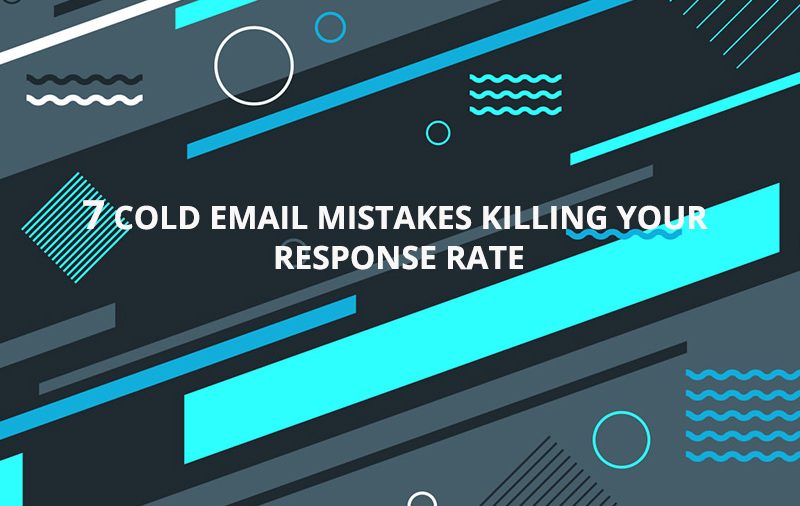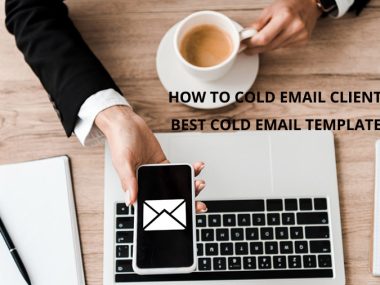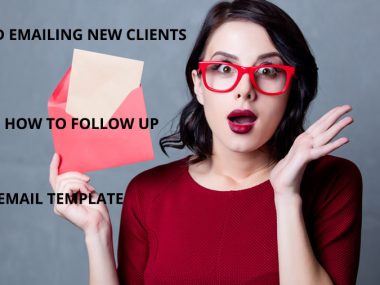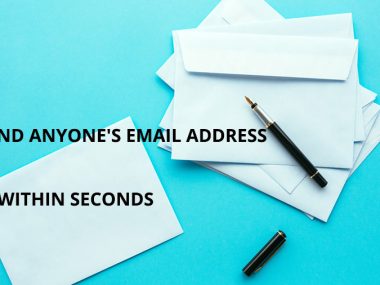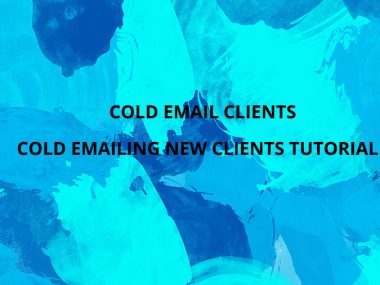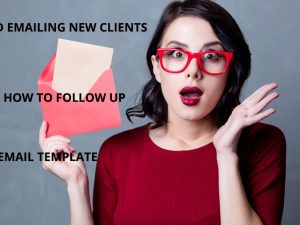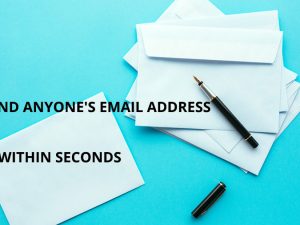Unlocking Sales Success: Navigating the 7 Cold Email Mistakes Sabotaging Your Response Rates in Sales Prospecting
In a world seemingly turned upside down, securing meetings with dream clients may appear challenging, especially as remote work becomes the norm. Yet, amidst this chaos, the surge in online activity makes email more influential than ever. Reflect on your daily routine—how often do you check your email? The increased digital presence makes cold email a potent tool for engaging dream clients, provided it’s done right.
In this guide, we will dissect the seven critical mistakes many commit when crafting cold emails for sales prospecting. By understanding and rectifying these pitfalls, you can elevate your response rates and make meaningful connections.
In summary:
- Lack of Specificity
- Avoiding Jargon
- Bad Email Design
- Neglecting Follow-ups
- Not A/B Testing
- Ignoring Results Tracking
- Multiple Calls to Actions
Let’s delve into the first mistake a lack of specificity. Common among beginners, this blunder involves trying to encompass all services in a single email. From software development to app creation, API development, and more, the prospect is bombarded with options. However, this approach overwhelms the recipient, leaving them unsure of your specialization. To counter this, opt for specificity. Focus on a particular use case or pain point in each email, making the value proposition clear and prompting a response.
The second mistake revolves around jargon usage. Avoid industry-specific language that might alienate your prospect. While technical terms might be second nature to you, assume your recipient has a more general understanding. Simplify your language to ensure clarity, aiming for a communication level accessible to a broader audience.
Moving on to the third mistake bad email design. Unlike marketing emails, cold emails thrive on simplicity. Stray away from flashy layouts, images, and varied colors. Adopt a conversational tone akin to writing an email to a friend. A personal touch helps your email stand out from spam, making it more likely to capture your prospect’s attention.
The fourth mistake is a lack of follow-up. The true magic lies in consistent follow-ups. Sending a single email might yield a modest response rate, but following up multiple times significantly increases your chances. Create a schedule for follow-ups, spacing them three to five days apart, ensuring your message doesn’t get lost in the clutter.
The fifth mistake failing to A/B test. To optimize your cold emails, experiment with different subject lines, email bodies, and calls to action. A/B testing allows you to identify what resonates most with your audience, refining your approach based on actual data.
Next up is mistake number six not tracking results. Whether through an Excel sheet or specialized software, tracking your cold email metrics is crucial. Understand your open rates, response rates, and overall effectiveness. Without tracking, you’re navigating blind, unable to refine your strategy based on tangible results.
Finally, the seventh mistake involves multiple calls to action. Simplify your email’s objective to scheduling a meeting. Offering too many choices confuses the prospect and dilutes the clarity of your message. Keep it straightforward and focus on the primary goal—securing a meeting.
In conclusion, rectifying these common cold email mistakes is the first step towards a successful sales prospecting campaign. By honing in on specificity, clarity, and simplicity, you pave the way for higher response rates and more meaningful connections with your dream clients.
Frequently Asked Questions:
Q1: How many follow-ups should I send for optimal results?
A: It’s recommended to follow up two or three times per prospect, spaced three to five days apart. Consistent follow-ups can significantly boost your response rates.
Q2: Can I include attachments in cold emails?
A: It’s advisable to keep cold emails simple and text-based. Avoid attachments, as they may be perceived as spam and hinder your email’s deliverability.
Q3: What software is best for tracking cold email results?
A: Several options like outreach.io, clothes.com, Mailshake, and reply.io offer effective tracking and analytics for cold email campaigns. Choose based on your specific needs and preferences.
Q4: Should I personalize each cold email?
A: Yes, personalization is crucial. Tailor your emails to each recipient, addressing their pain points or specific needs. This personalized approach enhances engagement.
Q5: How soon should I follow up after sending the initial cold email?
A: Follow up three to five days after the initial email. Consistent but not overly frequent follow-ups demonstrate persistence without becoming intrusive.
